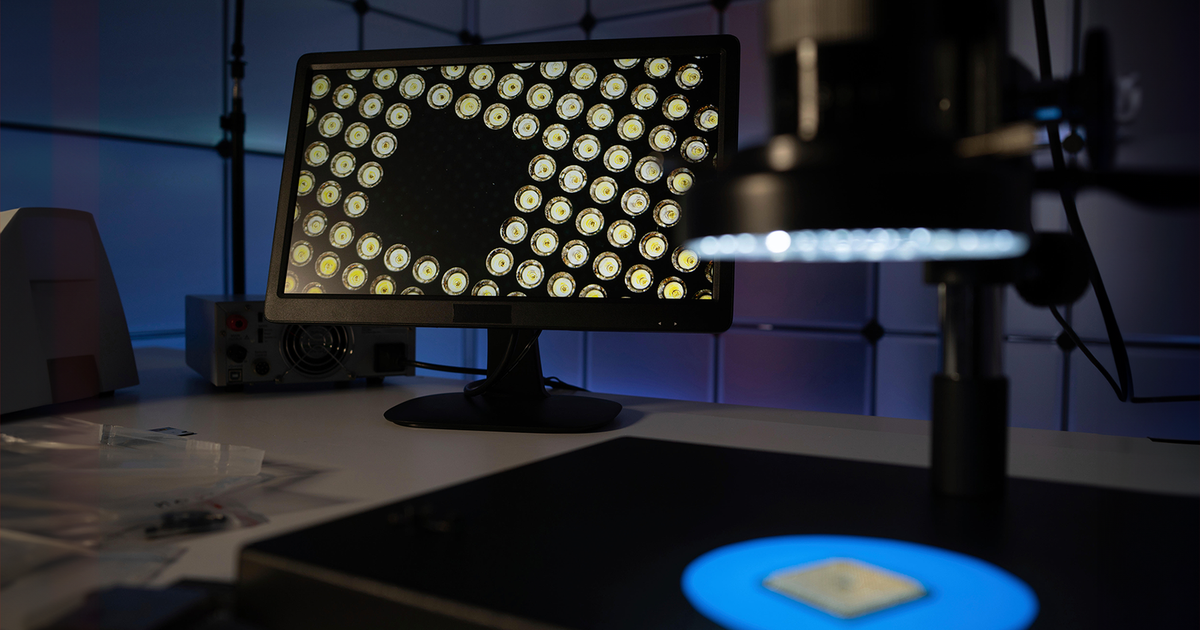
September 25, 2024 at 08:40AM
RISC-V, an open and free instruction set for customizable silicon chips, is gaining interest in automotive, critical infrastructure, and industrial sectors. However, its susceptibility to backdoors poses security concerns. The Xuantie C910 chip’s vulnerability, Ghostwrite, allows unauthorized access to privileged memory, highlighting the potential risks associated with RISC-V chip designs.
Key Takeaways from Meeting Notes:
– The RISC-V chip architecture is gaining traction in various industries, including smartphones, automotive technologies, and critical infrastructure.
– RISC-V’s open and free licensing allows for personalized silicon chips, leading to increasing interest and potential for widespread adoption. Omdia estimates 17 billion RISC-V processors to be shipped in 2030, with significant growth in industrial and automotive segments.
– However, vulnerabilities in RISC-V designs, such as the recent disclosure of Ghostwrite at Black Hat USA, raise concerns about potential security risks, particularly in automotive and critical infrastructure applications.
Overall, while RISC-V presents significant opportunities for innovation and cost savings, security concerns must be carefully addressed to ensure its successful adoption in various industries.